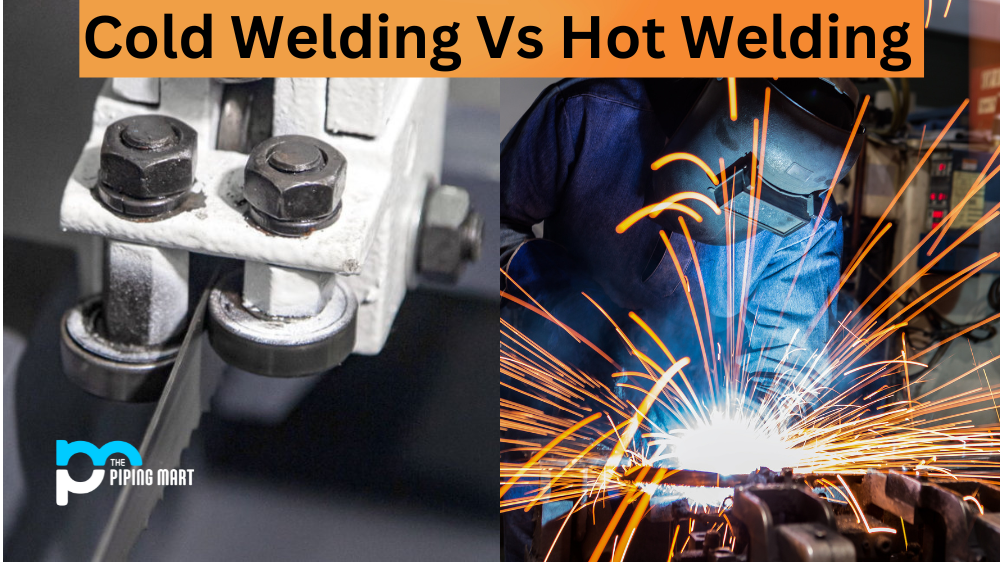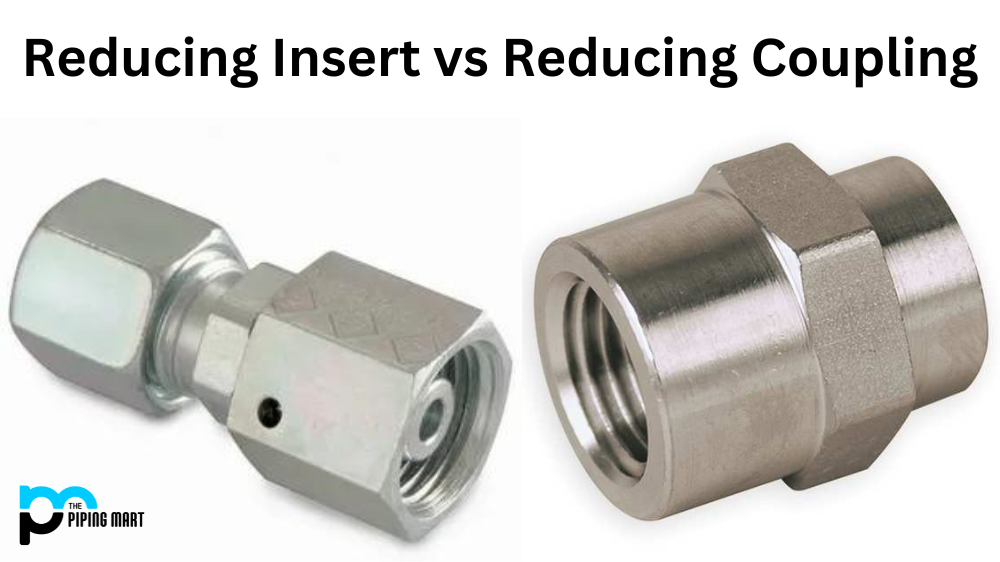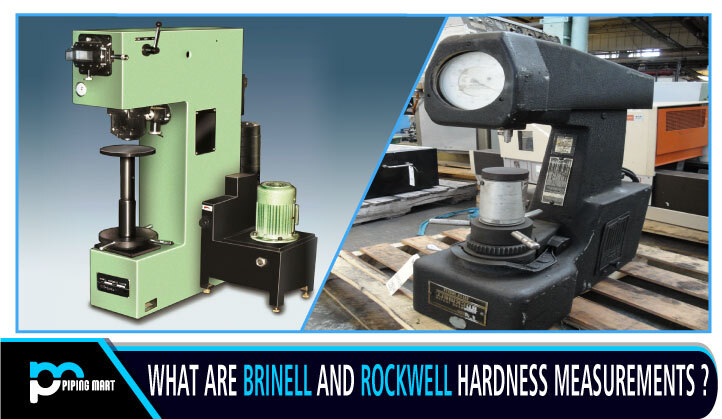Welding is a common technique used to join two pieces of metal together. It is performed using one of two methods: cold welding and hot welding. Cold welding involves joining two metals without heat, while hot welding involves using heat to melt the metals and then joining them together. Both forms of welding have advantages and disadvantages. In this blog post, we will explore the differences between these two methods and determine the best choice for your project.
What is Cold Welding?
Cold welding is the process of joining two metals without heat. It is a highly accurate and efficient method that combines the two metals without heat distortion. This makes it ideal for working with soft metals sensitive to high temperatures. Cold welding can be done by simply pressing the two metal surfaces against each other, requiring no additional materials and making it highly cost-effective. However, cold welding only works well with some metals and may require extra pressure or tools to achieve a solid bond.
What is Hot Welding?
On the other hand, hot welding involves melting the two metal surfaces together using heat and adding a filler material to create a stronger bond. This method is more versatile and can be used with various metals. Hot welding is also faster than cold welding, making it ideal for large or complex projects that require a substantial bond quickly. However, hot welding produces heat and can cause damage to the surrounding areas of the metal. There are better methods for soft or thin metals.
Difference Between Hot and Cold Welding
Deciding which method to use depends entirely on the type of project you are working on. Cold welding is the best choice to join metals sensitive to high temperatures and requiring an exact bond. However, hot welding is the way to go if you work with thicker metals requiring a fast and sturdy bond. In addition, the experience of the person performing the welding must also be considered, as both methods require different skills and equipment.
- Cold welding is a solid-state welding process that occurs at room temperature.
- Hot welding is a welding process that occurs at high temperatures.
- Cold welding does not require an external heat source, while hot welding does.
- Cold welding is typically used for joining metals with similar compositions, while hot welding can join metals with different designs.
- Cold welding is a slower process than hot welding.
Conclusion:
In summary, both cold and hot welding offer unique benefits and drawbacks. Cold welding is better suited for delicate and precise projects requiring no additional materials. In contrast, hot welding is best used for thicker metals needing a solid bond and is ideal for large-scale projects. The choice comes down to the project’s requirements, metal type, the welder’s experience, and budget. Whether you choose cold or hot welding, always remember to use safety precautions and equipment to ensure a safe and successful project.
Rachana is a dedicated and ambitious young woman who has made a name for herself in the metal industry. From her earliest days in the industry, Rachana showed a natural talent for problem-solving and a keen eye for detail. In her free time, She enjoys reading up on the latest advancements in the industry, as well as exploring new ways to innovate and improve upon existing processes.




